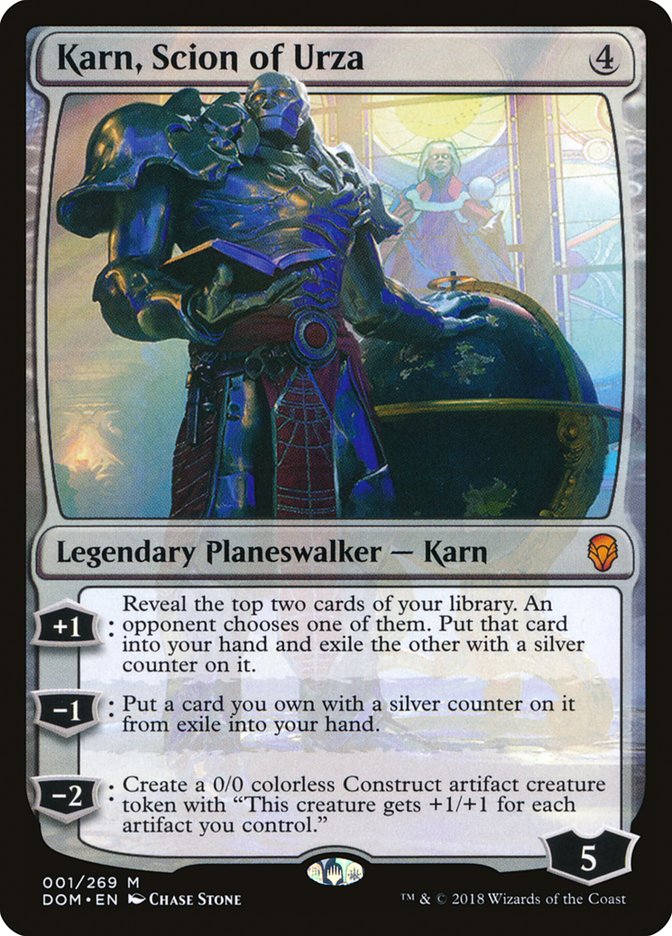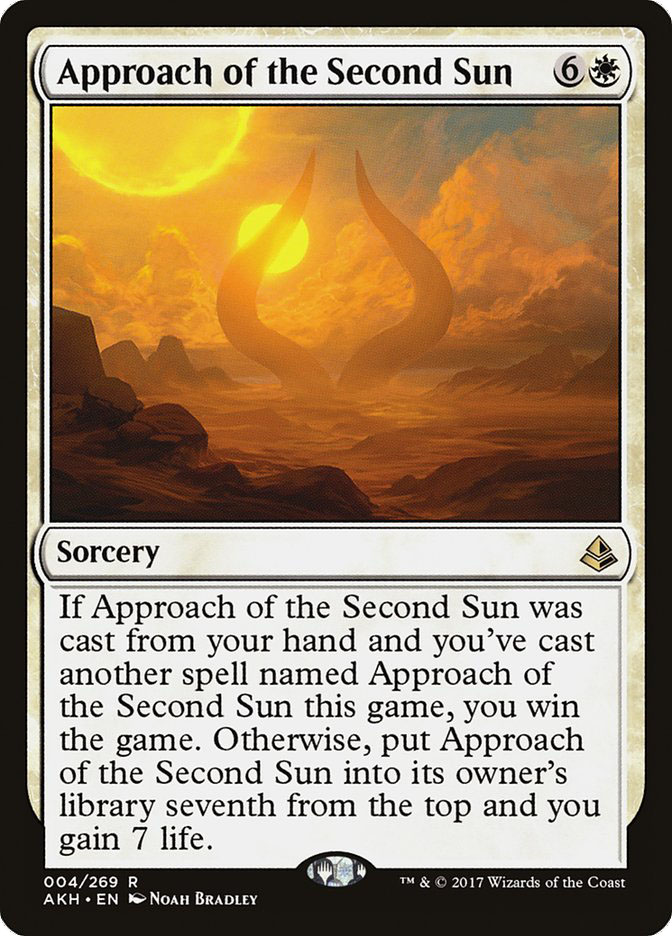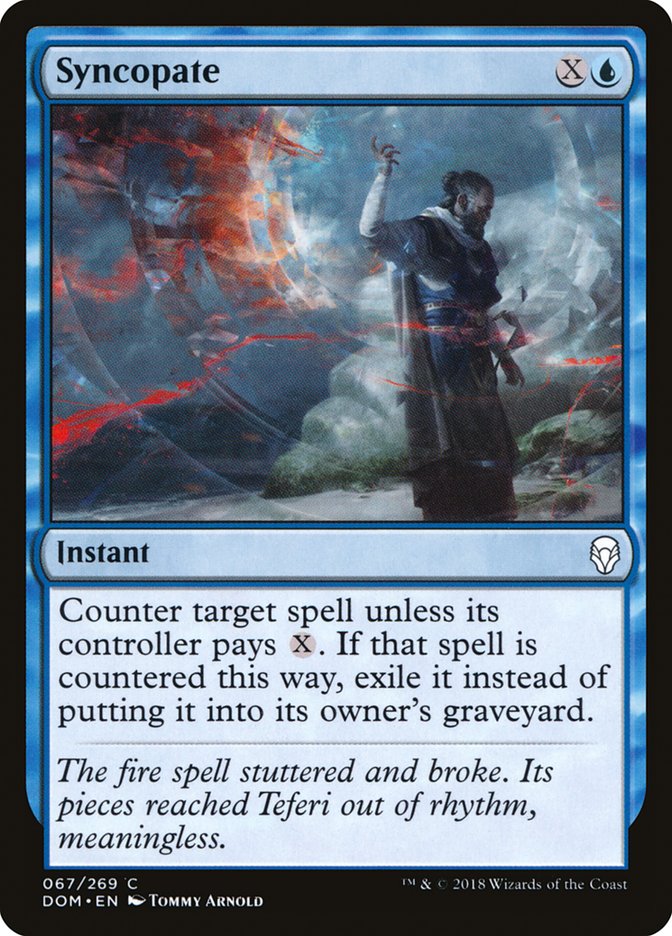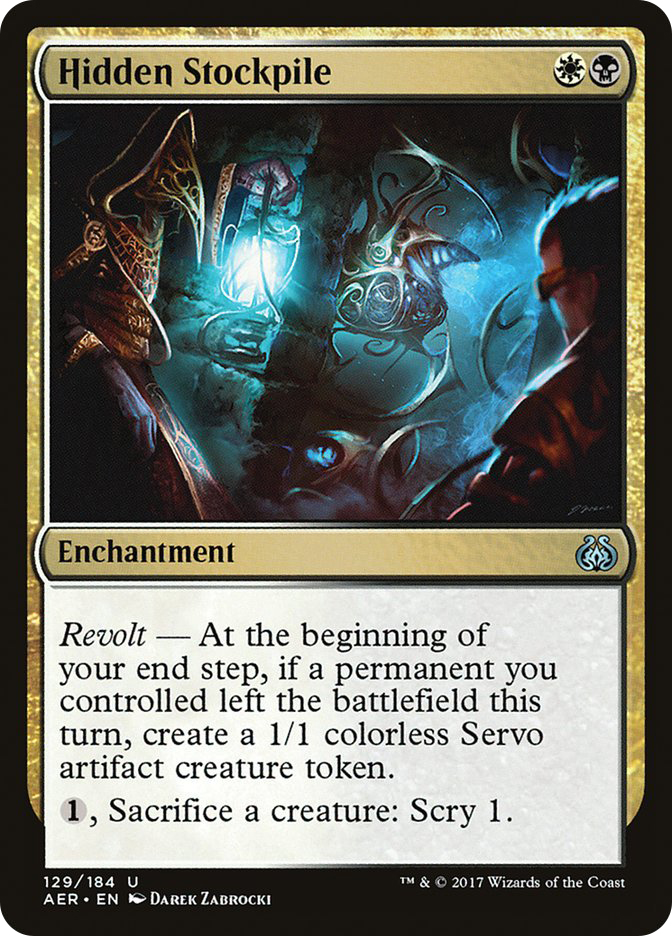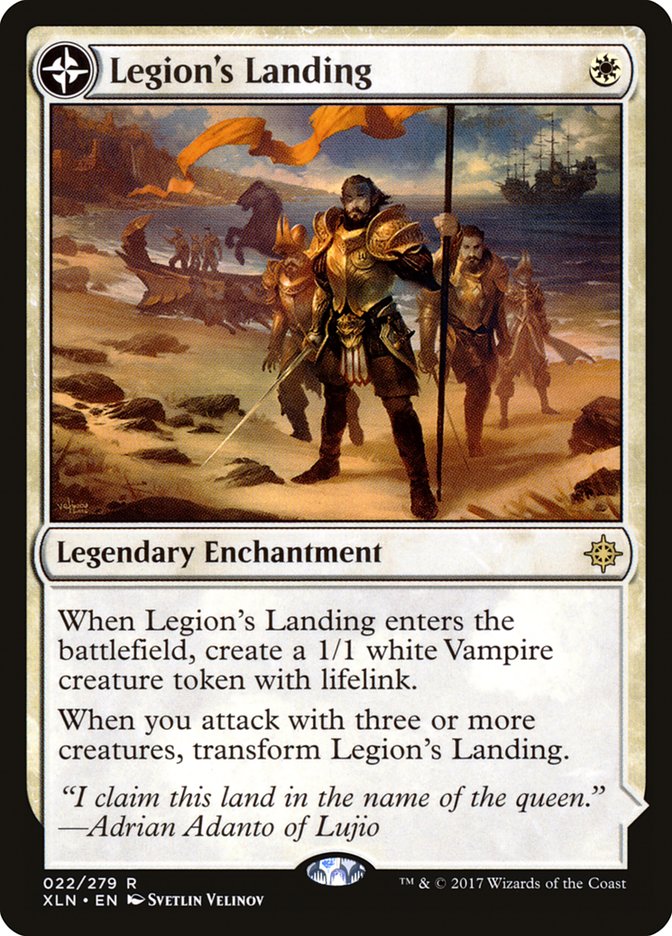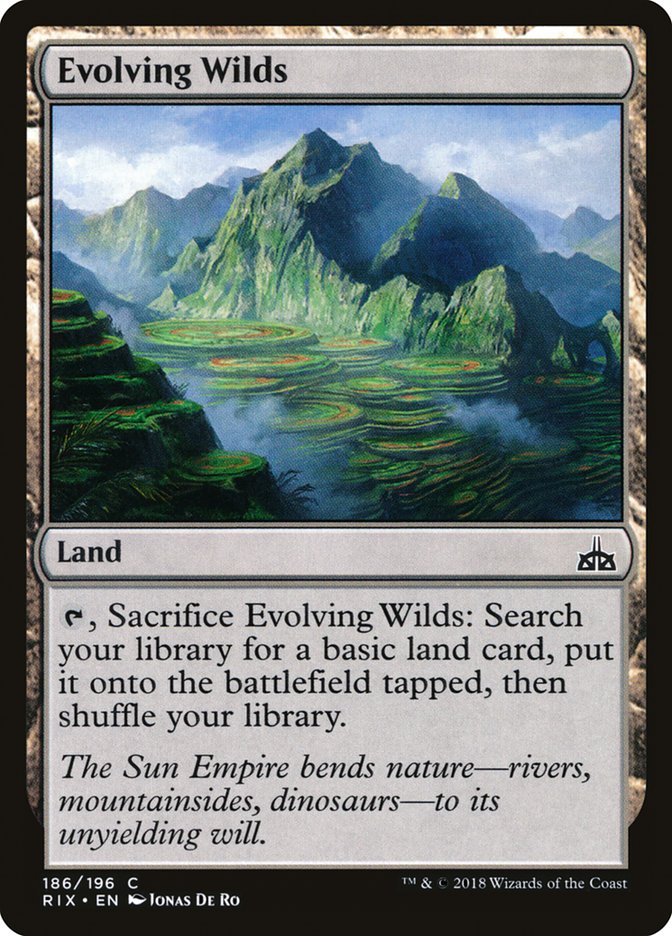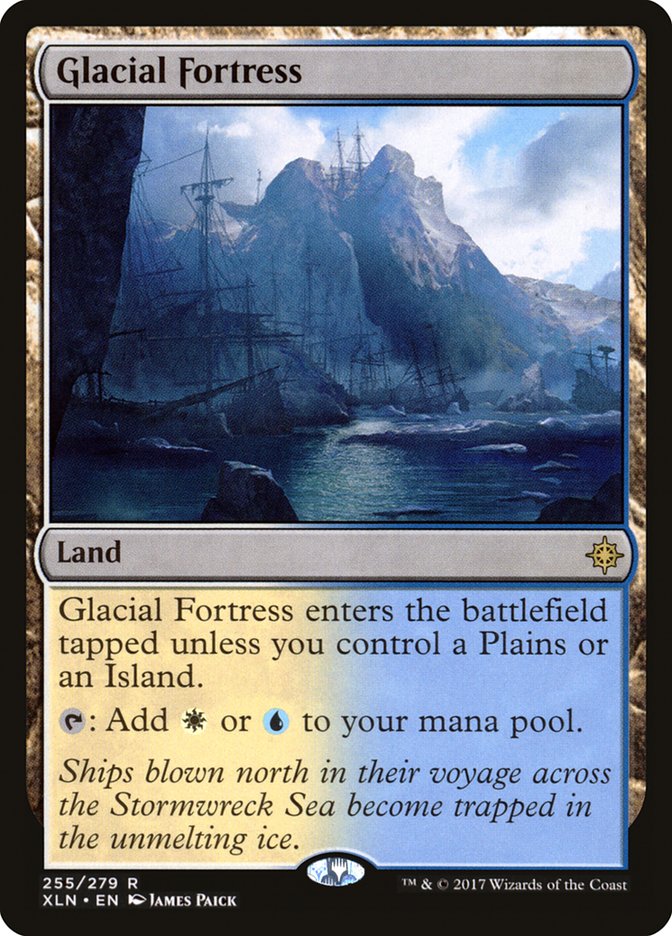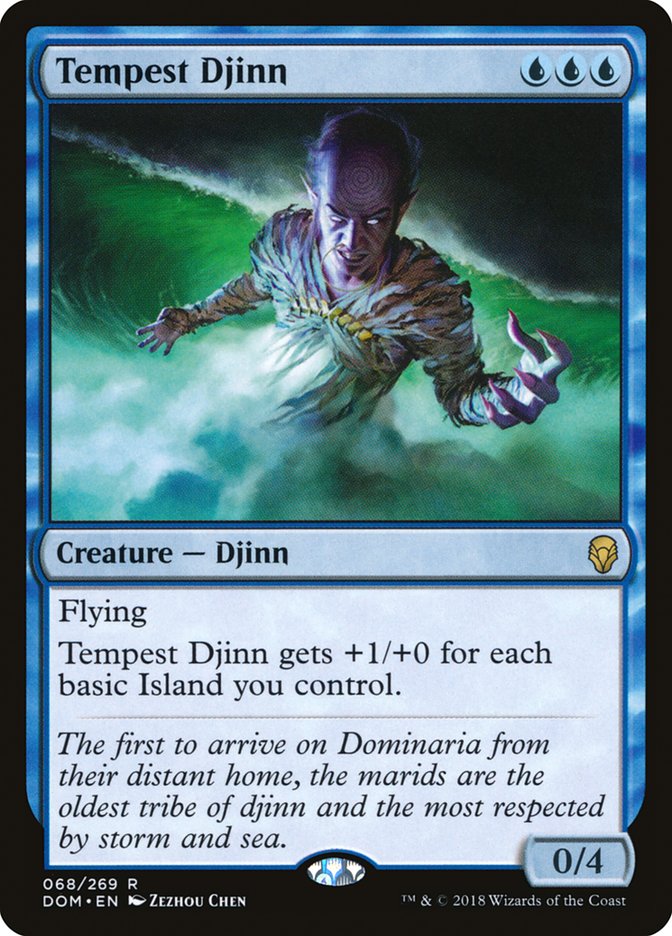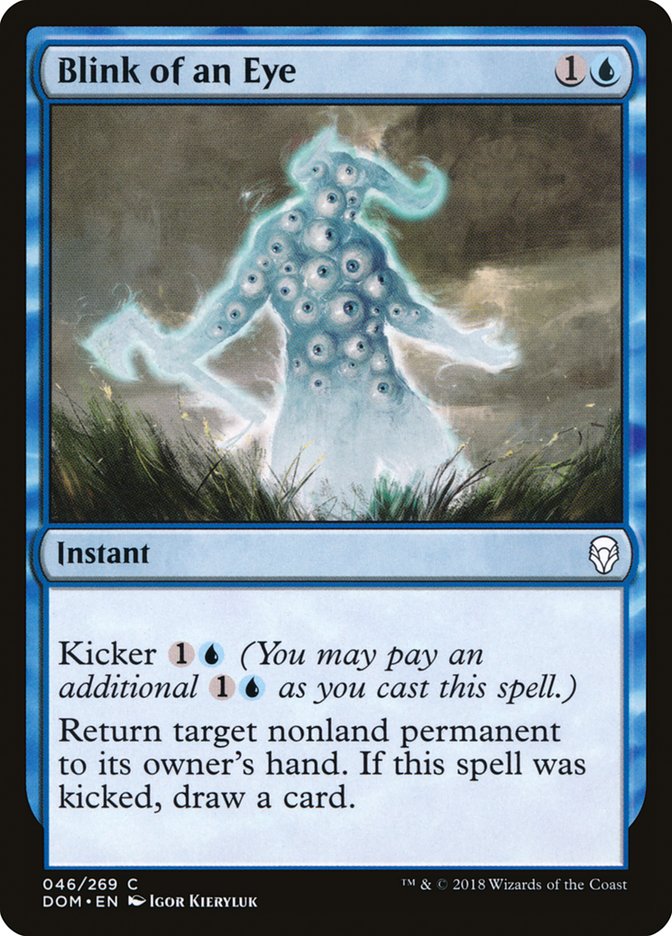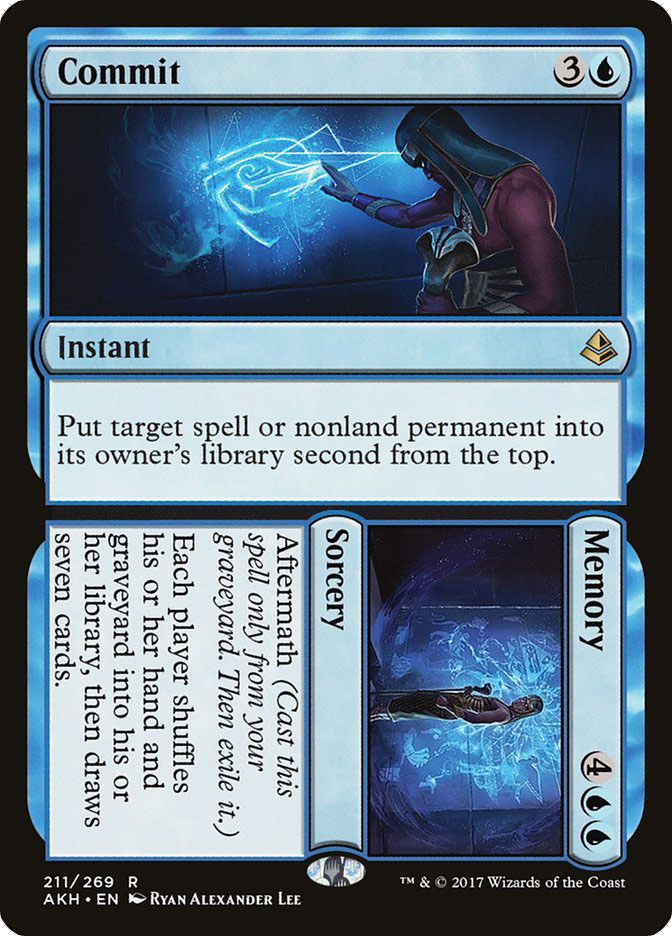With the Dominaria Prerelease this weekend, all eyes are on Magic’s newest set. How will it affect Standard? What cards should I try to trade for? Why is Serra Angel 3WW instead of 3GB? These are the questions people will be asking this weekend as they tear into Dominaria for the first time.
While Standard is fairly “solved” at the moment, in that most of the playable decks have been discovered and gone over with a fine-toothed comb, Dominaria looks like it should shake things up a little bit. While I don’t foresee many new archetypes popping up, if any, I do expect plenty of Dominaria cards to make their way into existing archetypes. What does excite me is the prospect of these cards revitalizing older archetypes that have faded out of existence.
Last week, I wrote about how Karn, Scion of Urza would impact older formats, but does he have enough gusto to make a go at Standard? At first glance, I don’t think it will be good enough, but that’s mostly due to the surrounding cast. Karn, Scion of Urza is a powerful card, and one that will see a good bit of play in older formats that can cast him sooner, but we don’t have access to something like Mind Stone to pump him out a turn earlier while also making his creatures bigger.
Teferi, Hero of Dominaria is a completely different story. Last week, Owen Turtenwald wrote a great article breaking down just how good he thought Teferi was, and I’m inclined to agree. And luckily for you, a good chunk of my article this week is about finding ways to fit Teferi into new Standard decks. Let’s check out the first: U/W Control.
Creatures (4)
Planeswalkers (3)
Lands (26)
Spells (27)
- 2 Syncopate
- 3 Essence Scatter
- 1 Gideon's Reproach
- 4 Disallow
- 4 Cast Out
- 4 Hieroglyphic Illumination
- 4 Settle the Wreckage
- 2 Search for Azcanta
- 3 Seal Away
Sideboard

One problem with this deck that I see off the bat is a lack of removal that can be used with Torrential Gearhulk. I potentially want to max out on Gideon’s Reproach over Seal Away, but I don’t want to be left holding the bag against something like The Scarab God.
The biggest challenge for a deck like this is beating Glint-Sleeve Siphoner or any other cheap creature that can generate a huge advantage if left unchecked in the first few turns. That extra card draw could make all the difference. But for the sake of sticking to two colors and just giving you a shell to work with, I thought this would be a decent start to building an early U/W Control deck.
There’s definitely an argument to be made for switching from the Torrential Gearhulk win condition to Approach of the Second Sun, but I’ve never been a huge fan of that card. Sure, Approach of the Second Sun is a fine win condition for a control deck, but it gets much worse after sideboarding; thanks to Negate and Duress being omnipresent, resolving the second one is incredibly difficult.
Instead, I just wanted to make a “classic” control deck playing almost entirely at instant speed, and Torrential Gearhulk helps me do that just fine. And while Teferi, Hero of Dominaria is a sorcery-speed spell, I think the untap ability is good enough in a control deck to warrant its inclusion.
I’m also excited for the return of Syncopate, which was one of my favorite counterspells in Return to Ravnica Standard. Unfortunately, Syncopate is significantly better in a deck that can apply pressure in the early turns, but I still think having a “catch-all” counterspell on the second turn is huge for a deck like this. It could be better utilized, for sure, since it’s another spell that doesn’t work well with Torrential Gearhulk, but we still have plenty of spells for the big robot.
One big problem in building a control deck in the early stages of a Standard format is figuring out what you need to beat. Since we’re already pretty deep in the current Standard and I don’t know if much will change with Dominaria, figuring out the perfect configuration for a control strategy might be a bit easier than normal. This deck certainly has some holes, but I like this starting point.
But what we haven’t really looked at is how we can apply Teferi, Hero of Dominaria to a more proactive strategy. How good is the “tuck” ability from Teferi, and can we use it in a way that gives a specific type of deck a different angle of attack? I think that answer is a resounding yes.
Creatures (7)
Planeswalkers (3)
Lands (22)
Spells (28)

Planeswalkers are typically better when your deck can play a lot of protective spells. You want to apply pressure in several ways, and this deck does that swimmingly. Not only do we have troublesome permanents for our opponent to interact with (enchantments, artifacts, planeswalkers, etc.), we also blank most spot removal by only playing creatures that can generate an addition body.
Hidden Stockpile seems like a very good way to protect Teferi. While we’re not able to utilize the draw ability as well as a control deck, there are still plenty of things you can do with your mana on your opponent’s turn. As we talked about before, using Teferi to untap your lands can also be a powerful ability if you can generate an extra activation out of them. Legion’s Landing // Adanto, the First Fort pairs nicely with Teferi because it can both protect it early and allow you to generate a lot of extra tokens.
As for actually generating a ton of tokens, this deck doesn’t do that very well. We’re more of a midrange deck that shifts to generating an extraordinary number of tokens with Anointed Procession as the game progresses. We’re not playing Anthems. We’re not doing anything remotely on the aggressive side. We’re just trying to stay alive long enough to let our busted permanents take over the game for us.
I’m not sold on the manabase, but I like the numbers and I like the total number of lands that enter the battlefield untapped. As you can see, I didn’t include the cycling duals like Irrigated Farmland or Fetid Pools because we’re already using Evolving Wilds to turn on our checklands like Glacial Fortress.
On top of that, the checklands are significantly better in this deck because, along with our nine basic lands, we also have four copies of Evolving Wilds and Renegade Map. And while those two are mostly there to turn on revolt for Hidden Stockpile, you get the added benefit of playing more checklands, so you have very few lands enter the battlefield tapped in later turns.
Of these two decks, I think the second one is more attractive to me, but mostly because I like the idea of having a ton of protection for a planeswalker as powerful as Teferi. Creature-based decks that play planeswalkers are usually better suited to protect them, and protecting Teferi is exactly what I want to be doing. I could easily see us ramping up to the ultimate in this deck because we do such a great job at blocking, killing opposing creatures, and putting pressure on the few spells our opponents must interact with (Anointed Procession, Hidden Stockpile, etc.).
There’s a very good chance that four copies of Fumigate need to be in this maindeck, but the older versions of B/W Tokens had them to beat up on Temur Energy. And since Fumigate was a card they had trouble beating, you would often steal wins out of nowhere by casting a single Fumigate on the right turn. Because your token generators usually stay on the battlefield or can come back from the graveyard, killing off your horde of tokens wasn’t usually a big deal. But the current Standard format has a lot of creatures (and other permanent types) that don’t die to Fumigate, and for now I’m going to keep them in the sideboard.
Last up:
Spells (28)
Sideboard

The real question here is this:
Is Tempest Djinn good enough to justify playing blue without a second color?
My gut says yes. On paper, Tempest Djinn is a fine card, but like Karn, Scion of Urza, it needs a powerful surrounding cast. Mono-Blue might have some holes that can be exploited, and this is an extremely rough draft, but I love this idea. It almost reminds me of Mono-Blue Illusions.
For three mana, you’re getting at least a 3/3 flying creature. That alone isn’t good enough to justify its inclusion, but it just gets bigger and better as the game progresses. Can you imagine casting it on the sixth or seventh turn while having a counterspell on backup? It’s such a big threat that it will almost always require an answer.
Now let’s look at the surrounding cast, old and new.
Blink of an Eye is a virtual reprint of Into the Roil, which saw a good bit of Standard play back in the day. As you can plainly see, Standard is flush with problem permanents that require an answer. And while we do have a lot of counterspells to answer most of them, things can start to backslide quickly if our opponent is able to land a creature or two before we get moving. Alongside four copies of Commit, I think Blink of an Eye gives us enough ways to deal with annoyances, if only temporarily.
If we’re able to lead off the game, on the play, with a Syncopate into Tempest Djinn, I’d be very happy. I did that a ton with Geist of Saint Traft a few years back, and it was just as good as you might think. Now, Tempest Djinn doesn’t have hexproof, but it does have four toughness and three casting cost. That means the only (heavily played) removal spells that will kill it are revolt-powered Fatal Push, Harnessed Lightning plus another energy generator, or removal that costs four mana. And if we’re on the play and get to untap, I like our chances.
Now, as I said before, Syncopate is significantly stronger if we can apply pressure to our opponent. Counterspells with conditional costs that our opponent can pay get much worse as the game progresses, so we need something to force them to cast their spells. Tempest Djinn does exactly that.
One of the best cards in the deck, and one reason why Mono-Blue is actually playable. Commit was an all-star in the B/U Midrange deck we played at Grand Prix Memphis a short while ago, though it got slightly overshadowed by Vraska’s Contempt. After playing with the card in numerous strategies, I can safely say that this card is bonkers. When you combine it with Field of Ruin, you can effectively stifle any annoying threat. And it only gets better with counterspells.
Gameplay and Closing Thoughts
On the play, I think this deck is going to be nuts. You don’t have much interaction for a first-turn creature, but the odds of them resolving a spell on the second through fourth turns are poor. As the game progresses, your counterspells get worse, which is a real problem. This can be solved by playing Disallow and Essence Scatter in some numbers over the current selection, but I wanted a lower land count with a lot of cycling cards to make sure we have enough interaction with our opponent.
The counterspell suite can change dramatically. We have access to Disallow and Essence Scatter as hard counters, making it easy to cast Tempest Djinn on the fifth or sixth turn while still feeling safe. I just wanted a more diverse set of counterspells that had multiple uses. Censor and Supreme Will are pretty good at that.
Decks like Mono-Red Aggro will be troublesome, which has been true for aggressively tilted blue decks for all of eternity. We don’t have much removal, if any, and cheap creatures tend to make our counterspells significantly worse. Yet if the metagame shifts away from cheap creatures and back to focusing on The Scarab God, a deck like Mono-Blue Control could be solid.
And this is just the beginning.
Tempest Djinn gives me life! Find enough cheap blue creatures and you might just be able to make another Standard “Fish” deck. I mean, it took quite a while for people to catch on to how good Delver of Secrets was. I don’t know if we’re quite there yet, but the sheer fact that Tempest Djinn exists means we’ll probably have a valid Mono-Blue deck at some point in the next year.
And who knows, maybe there’s a Merfolk / Tempest Djinn hybrid waiting in the wings. We just have to find it!


